5 Tips to Be Ready for Spring
Feb 04, 2020
Spring is a time of year that signals new growth and prosperity ahead. The temperatures start to warm and the days become longer. Days are spent outside in your garden or yard working with the available nature as opposed to cooped in from the cold. It is marked by the thawing of the cold winter chill and the emergence of new life in all forms, from animals to the plants we all love dearly. We all see spring as a time for new beginnings because it really is, especially when it comes to your garden and the plants in it.
With spring right around the corner, the shift toward preparing for a new year of your garden is rapidly approaching – faster than you may realize. It is important to take this time to start getting everything in order for the long-awaited spring that everyone has been looking forward to. We all know that if we want our garden to thrive, spring is one of the times when we need to pay special attention to tending to it for both the benefit of our garden and ourselves.
But you might ask, what exactly does that entail? Well, there are a few key tips to keep in mind for spring gardening. Any of these taken into consideration will have your garden blossoming to be ready for any cover of a home and garden magazine.
One of the most basic forms of spring garden care is getting rid of any debris that has accumulated. This includes everything you might encounter from weeds to fallen branches. Weeds are a common nuisance for many gardeners and the sooner in the season you can remove them the better. When removing weeds or the like be sure to get the root or they will inevitably grow back. Pruning of any dead leaves on things like trees will also be beneficial during this time along with removing unwanted extras like fallen leaves or, as stated above, fallen branches.
Perennials by definition are plants that grow back each year from their roots, the most rigid definition being a plant that grows back for more than two years. This is different from an annual which is alive for only one season. Because of this, perennials will be a reoccurring part of your garden that will need care. One of the most important parts of maintaining perennials is to cut back any of the dead tops that have been neglected through the winter. It is also the ideal time to move or divide perennials if that is something a gardener wants to do. A single fertilization at the start of the season is likely to make a huge difference.
Upkeep Through The Season
While it is important to do a few tasks at the start of spring, it is just as important to maintain the garden longterm which requires consistent effort. This means that an individual should continue to keep an eye on their garden long after the initial buzz has worn off. Included in this are tasks like pruning that should be kept up with through the season. Any person who ensures they are focusing on the continued upkeep of their garden is sure to see the payoff throughout spring.
Plant New Flowers
As a fact, spring is also a good time to consider planting new additions to the garden. If you’ve finished all the other tips that must be completed for your garden to thrive than it may be time to take your focus toward new plants and the future of your garden. If you’re looking to add more life to your garden than you’ll find new plants are a great way to do that. Many recommend the planting of perennials because they grow back each year as opposed to an annual which will live for one season. Perennials should be considered an investment in your garden as anything else.
Spring Gardening and The Tips You Need
Once you know spring is rapidly on its way, it is a sign that its time to put in more effort for your garden after the harsh winter. There is no better time to consider your plants and what will make them thrive than this time of year. If you’re wanting to know the best way to approach spring gardening, follow these tips and you’re sure to have a garden that is healthy, happy, and maybe even, rightfully so, the envy of the neighborhood.

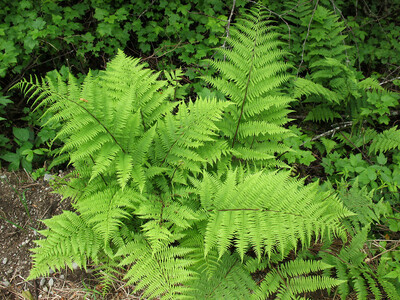 Native Ferns
Native Ferns
 Native Mosses
Native Mosses
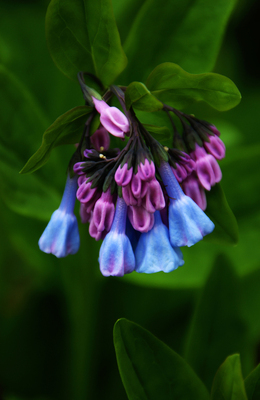 Native Perennials
Native Perennials
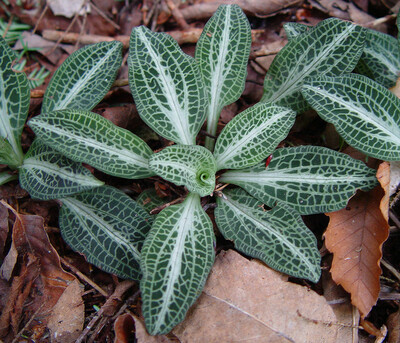 Native Ground Covers
Native Ground Covers
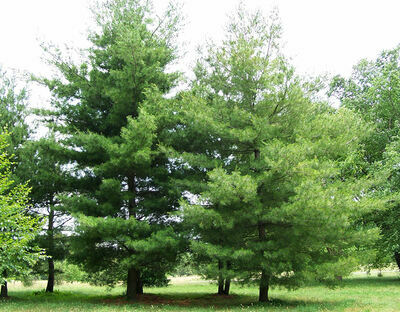 Native Trees
Native Trees
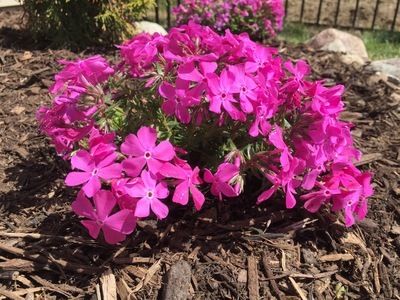 Shop By Zone
Shop By Zone
 Flowering Groundcovers
Flowering Groundcovers
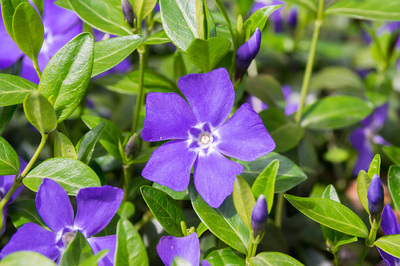 Evergreen Groundcovers
Evergreen Groundcovers
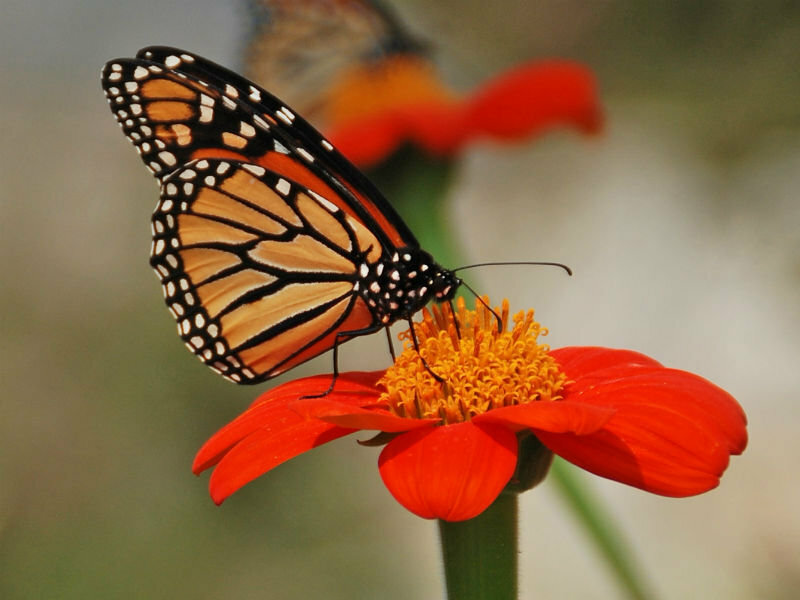 Pollinators
Pollinators
 Shop Bloom Color
Shop Bloom Color
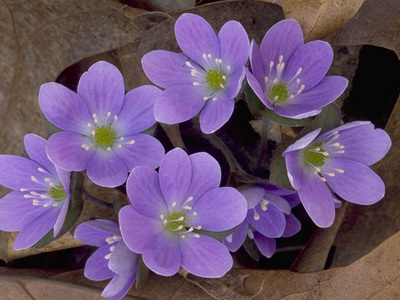 Perennials By Zone
Perennials By Zone
 Medicinal Herb Plants
Medicinal Herb Plants
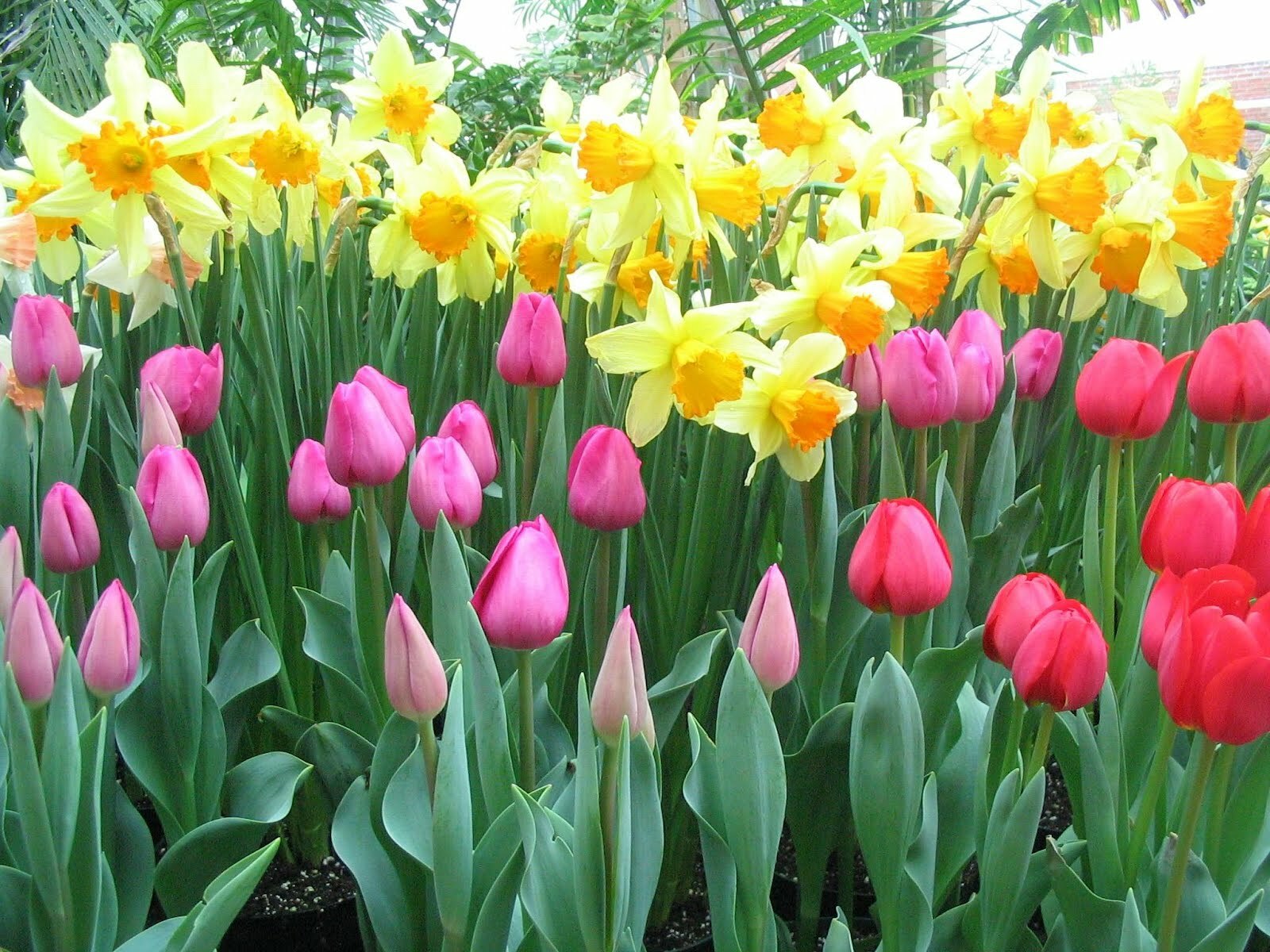 Spring Bulbs
Spring Bulbs
 Trillium
Trillium
 Ferns for Zone 3
Ferns for Zone 3
 Ferns for Zone 4
Ferns for Zone 4
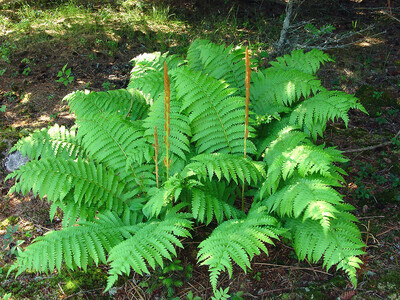 Ferns for Zone 5
Ferns for Zone 5
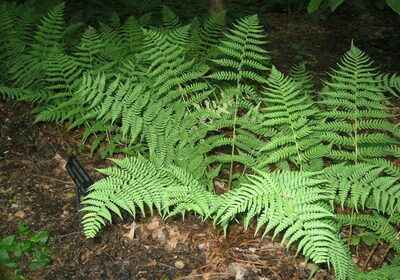 Ferns for Zone 6
Ferns for Zone 6
 Ferns for Zone 7
Ferns for Zone 7
 Ferns for Zone 8
Ferns for Zone 8
 Christmas bows
Christmas bows
 Fresh Wreaths
Fresh Wreaths
 Garlands
Garlands
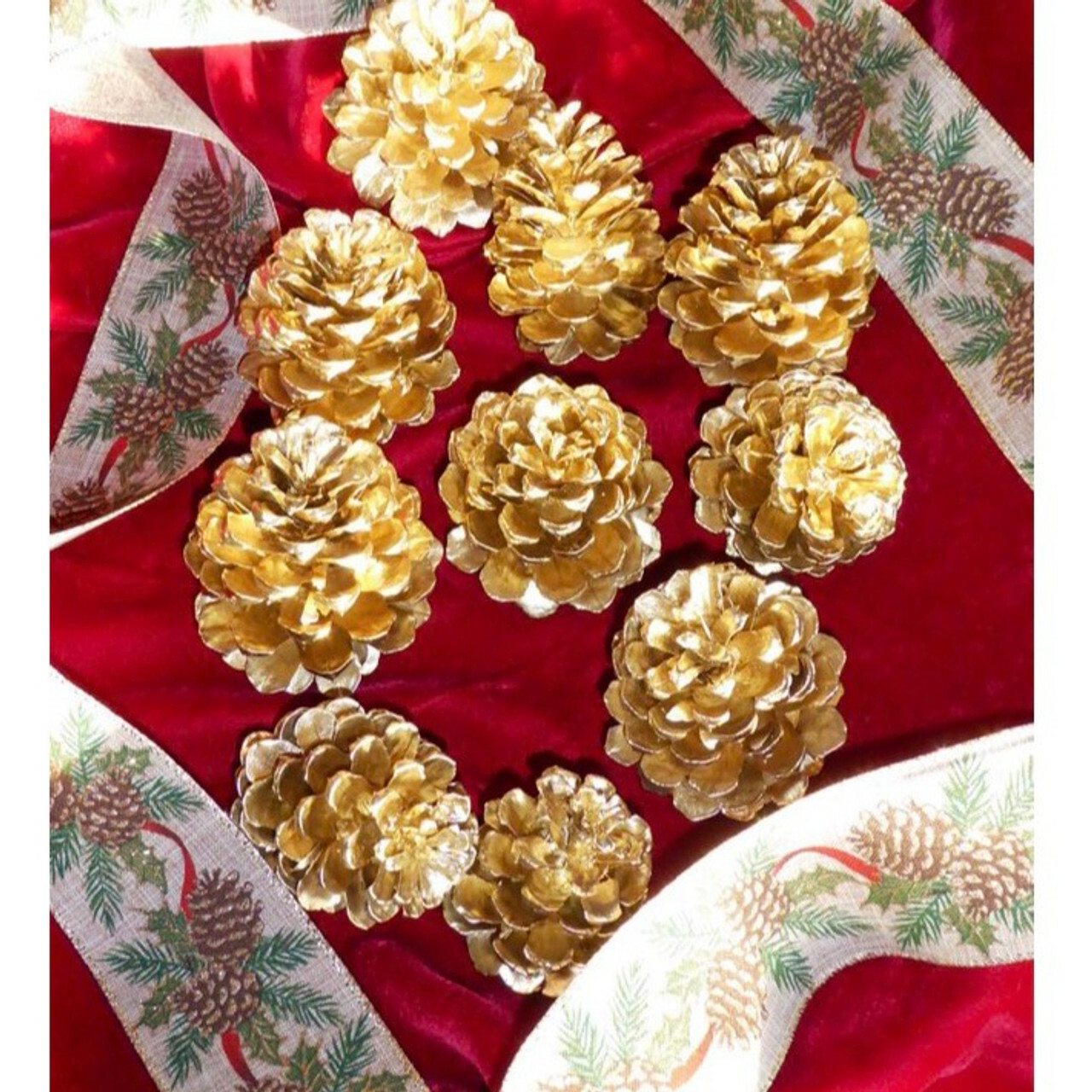 Large Pine Cones
Large Pine Cones
 Live Mistletoe
Live Mistletoe
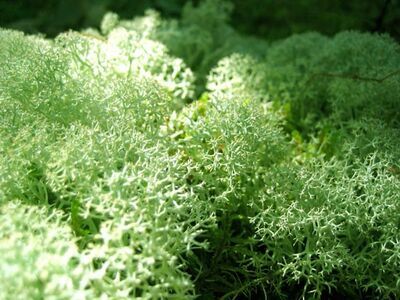 Moss
Moss
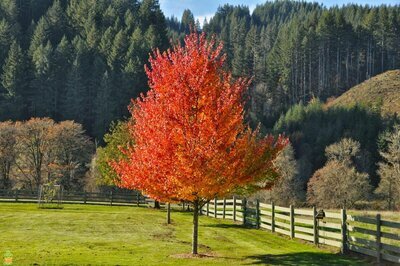 Shop Trees By Zone
Shop Trees By Zone
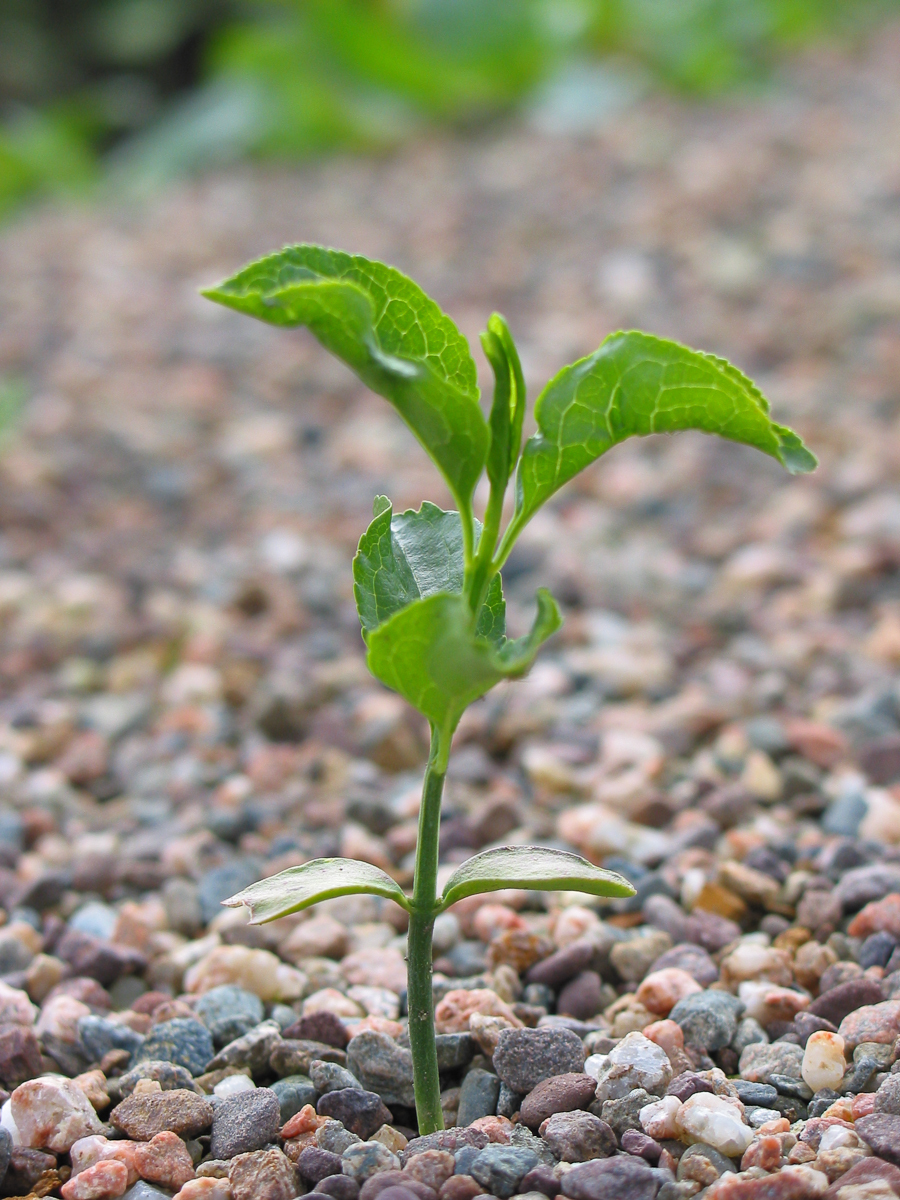 Tree Seedlings
Tree Seedlings
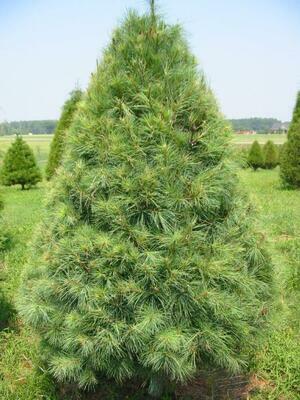 Fast Growing Trees
Fast Growing Trees
 Pine Trees
Pine Trees
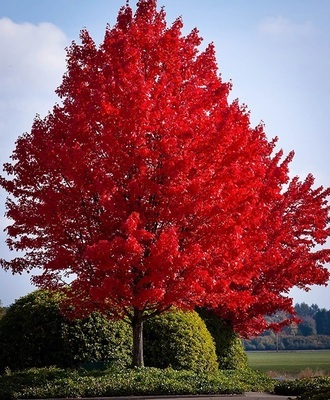 Live Stakes
Live Stakes
 Evergreens
Evergreens
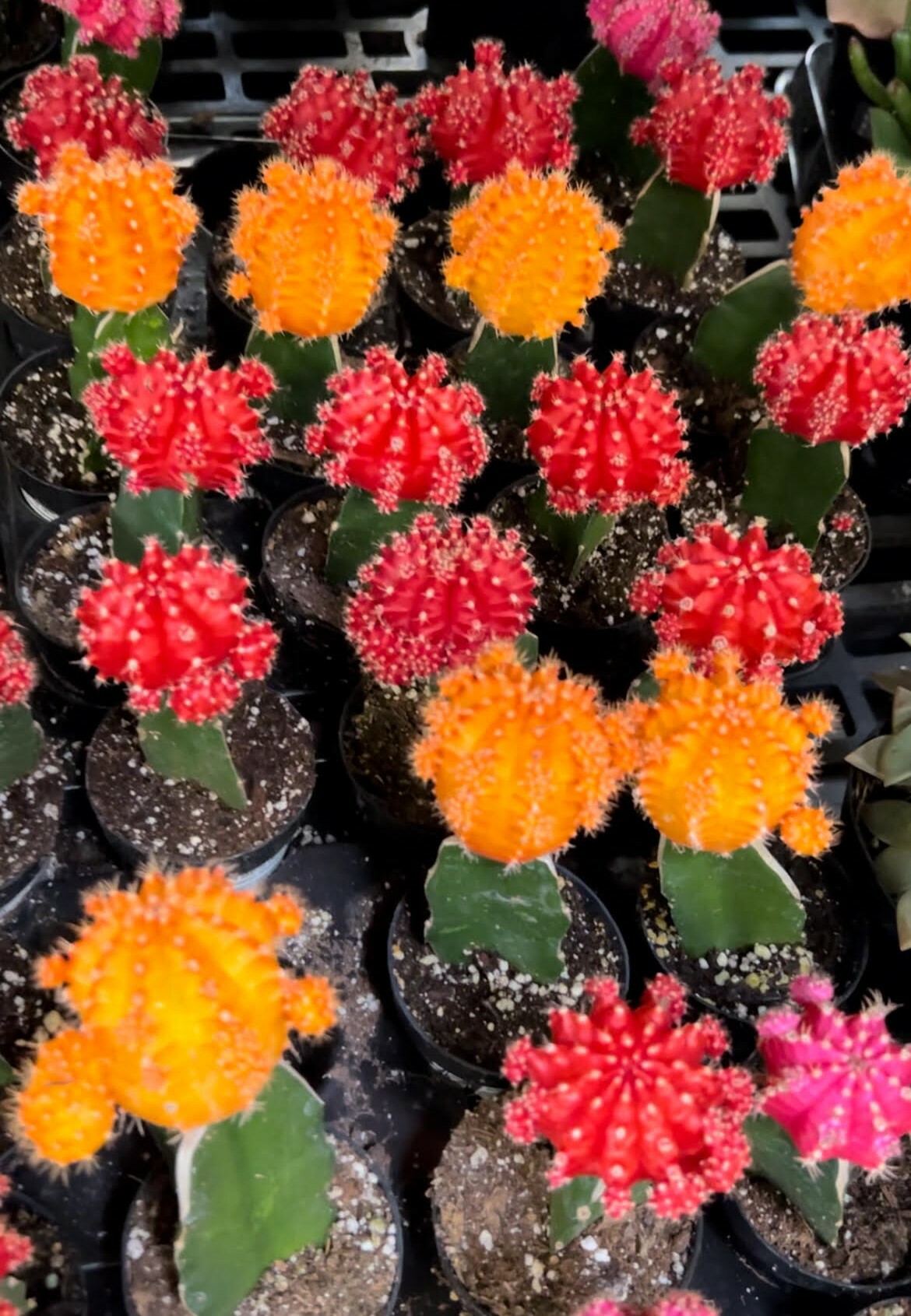 Cactus
Cactus
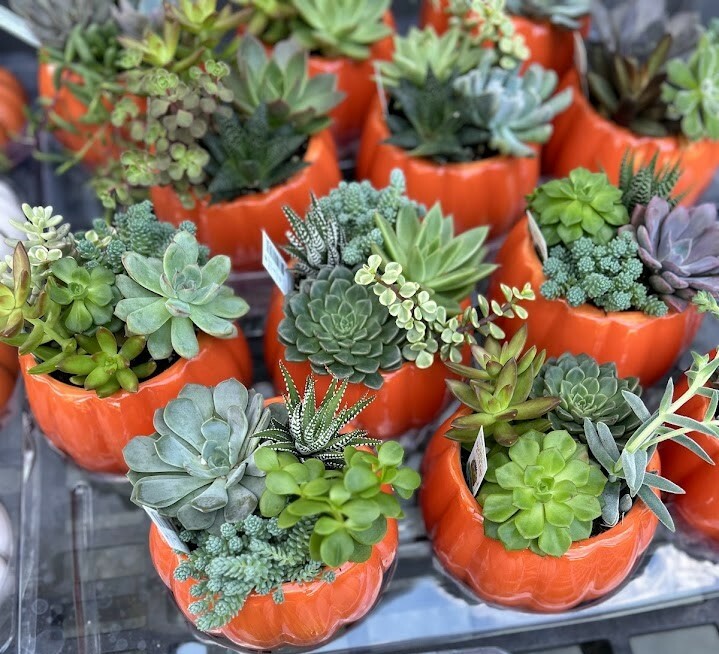 Combos
Combos
 Echeveria
Echeveria
 Haworthia
Haworthia
 Sedum - Stonecrop
Sedum - Stonecrop
